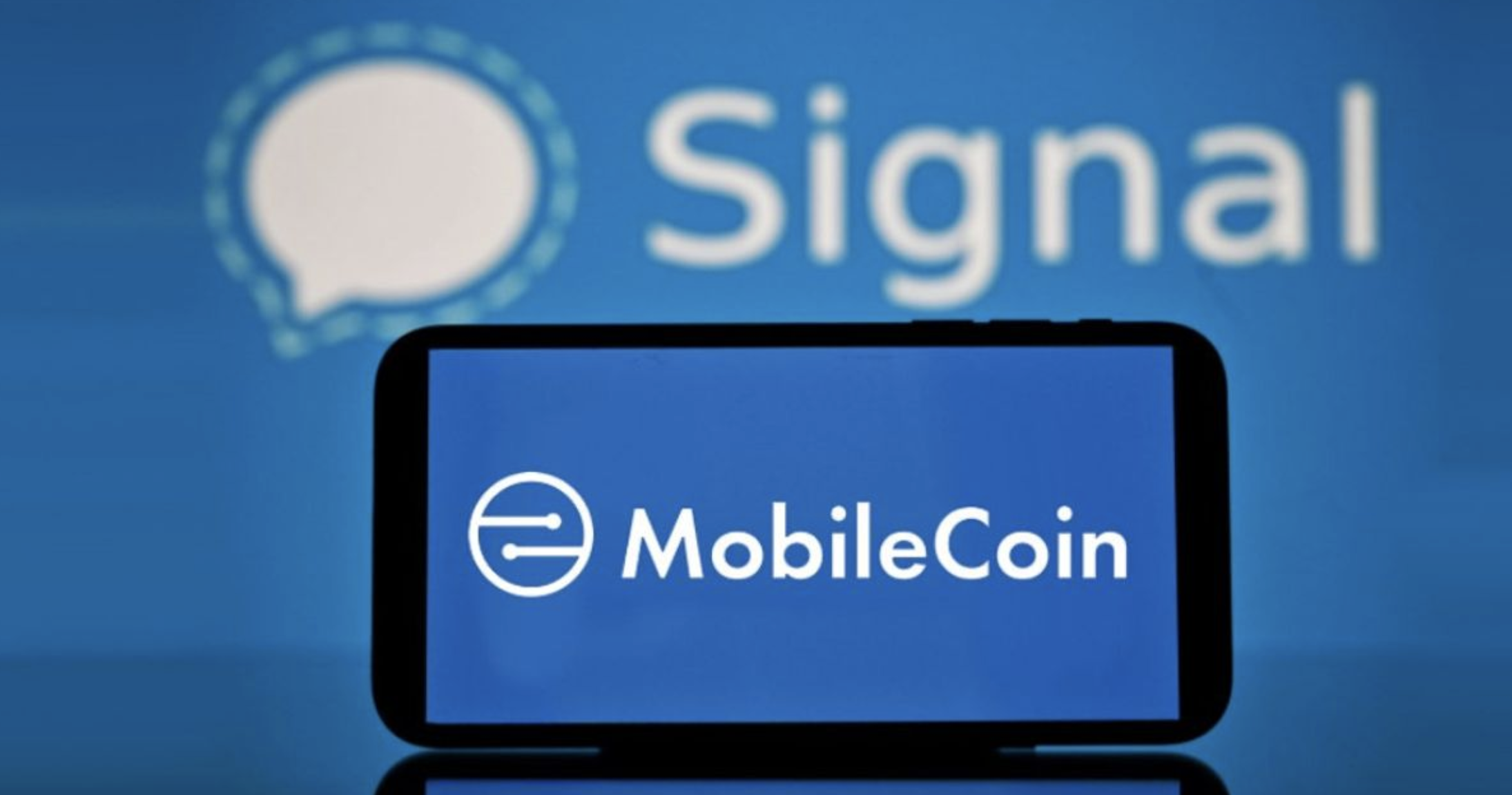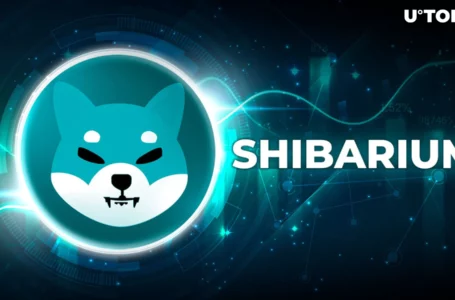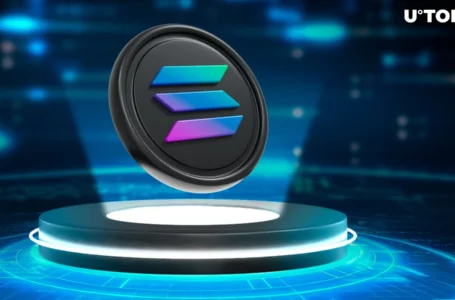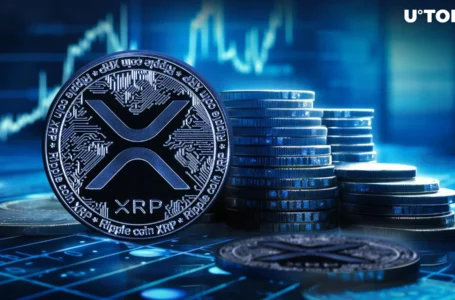
MobileCoin (MOB) was created as a decentralized digital payment network. Its goal is to enable the exchange of value in a safe and efficient manner. Like any other cryptocurrency you might be familiar with, MobileCoin also creates and maintains an immutable transaction record in its blockchain. Most interestingly, MobileCoin has been optimized for use on mobile devices and on messaging platforms.
In December 2020 the mainnet went live and the project is now testing its functionality as a transactional cryptocurrency being used on a messaging app.
What is Mobile Coin
MobileCoin (MOB) released a whitepaper in 2017, which was written by current CEO Joshua Goldbard and advisor and Signal founder Moxie Marlinspike. The company MobileCoin was founded in 2018 and is based in San Francisco, but holds its corporate registration in Delaware. The project aimed at providing fast and easy payments to mobile.
According to the whitepaper, the motivation for the project was to:
Develop a fast, private, and easy-to-use cryptocurrency that can be deployed in resource constrained environments to users who aren’t equipped to reliably maintain secret keys over a long period of time, all without giving up control of funds to a payment processing service.
Mobile Coin went live in December 2020 and is described on its website as “a cryptocurrency designed to be used as digital cash on your phone. It’s easy to use with near instantaneous transactions,” which is a simpler way of stating the goal that was originally put forth in the whitepaper.
Key Features
- Easy wallet recovery
- Fast transactions
- Privacy
- User-friendly and planet-friendly
How Does Mobile Coin Work
MobileCoin (MOB) is using a number of novel techniques, however many of those are backed by technical documentation that does not address key details that might be considered pertinent to MobileCoin, or by papers that have not been peer reviewed and are either incomplete or contain errors.
Some other areas of the technical workings can only be understood by examining the source code and documentation directly. And honestly, if you don’t have a background in mathematic you can’t be expected to understand the intricacies of elliptic curve cryptography and advanced Schnorr-like signatures, which are used extensively by MobileCoin.
The following review will attempt to simplify the workings of MobileCoin, and will go into some of the more practical elements of the project, such as its current implementation and usage. Those interested in digging into the depths of the technical documentation are free to check out The Mechanics of MobileCoin, a comprehensive technical explanation of MobileCoin that has been commissioned by the MobileCoin Foundation, and was recently released on GitHub by the psuedoanonymous developer koe.
MobileCoin and Signal
The encrypted messaging service announced on April 6, 2021 that they began testing a peer-to-peer payment system as a beta in its app in some jurisdictions. The new service is being called Signal Payments and the new feature only supports the MobileCoin wallet and the cryptocurrency MOB.
Of course, signal was co-founded by its CEO Moxie Marlinspike, and it has a close relationship with MobileCoin as Martinspike is publicly acknowledged as an advisor to the MobileCoin project.
Signal claims that it chose MobileCoin over Zcash or Monero because MobileCoin was specifically designed for use with mobile devices. While Signal is cross-platform, the bulk of its users are on mobile devices. It is known that mobile devices struggle with many blockchains since they are not able to store large amounts of data, and when using mobile devices the blockchain transactions are handled differently.
Due to the design of MobileCoin the Signal app never has access to a users balance, transaction history, or funds. And of course users are able to transfer their MOB coins off the Signal app and into another app or service at any time. Because of MobileCoin’s design it is likely it will be implemented in other messaging apps in the future if the beta test on Signal works well.
Future Uses
Because MobileCoin (MOB) is quite new as a cryptocurrency, and the payment system on Signal is in a limited beta there has been little talk of future enhancements, however it has been suggested that just as any other blockchain based on the CryptoNote protocol MobileCoin will be able to support second layer extensions, multisignature, transaction proofs, escrowed marketplaces, and much more.
Historical Problems with Regulators
It’s well known that messaging apps and cryptocurrencies together haven’t been well received by regulators. Both Kik and its KIN token and Telegram have had drawn out battles with the SEC, with both eventually choosing to forego adding cryptocurrency support to their messaging apps. However MobileCoin might be safe since it’s backed by venture capitalists and hasn’t been funded via ICO like Kik and Telegram.
Telegram chose to shut down its own cryptocurrency project in 2020 after battling regulators for several years. Prior to that they were planning on issuing a GRAM token that could be used on Telegram for the fast, secure transfer of value.
MobileCoin Token (MOB)
The MOB token was created with a maximum supply of 250 million tokens which were pre-mined. Currently there is no data on circulating supply however as there is no blockexplorer for MobileCoin. It is only listed on a handful of exchanges too, which makes it more difficult to acquire.
As of April 2021 you can trade for MOB tokens on FTX, Bitfinex, BigONE, and Hotbit. Notably missing from that list is Binance, which is unusual since Binance was an early investor in MobileCoin back in 2018. It was also the lead in the crowdfunding round for the coin.
As far as pricing for the MOB token goes, that’s been nothing less than spectacular in 2021. In the prior year MOB traded around the $2 level, but heading into 2021 it had already doubled to $4. In late March 2021 the price suddenly catapulted to $18 and within three days MOB closed March out at $39. It’s likely there was some knowledge regarding the upcoming announcement of the Signal integration.
On April 6, 2021 Signal announced the addition of MOB to its platform, and on the same day MOB hit an all-time high of nearly $70. Since then the price has dropped, but as of April 15, 2021 it remains at $54.92.
Bottom Line
Putting aside the controversy over whether or not Moxie Martinspike was ever the CTO of MobileCoin (MOB) , which will likely never be answered, the idea of MobileCoin is an excellent one. And the implementation seems well thought out too. After all, it seems clear that digital currency will eventually replace physical currency for most uses. And with so many people carrying smartphones it only makes sense to create a currency that can be transferred quickly and easily via a mobile app.
There are still a number of questions that need to be addressed however. Will MobileCoin deliver on its promise of fast, secure money transfer? Will users actually embrace the use of cryptocurrency within messaging apps? The most important question at this time is whether the project will remain ahead of regulators or if it could suffer the same fate as Kik and Telegram.



















